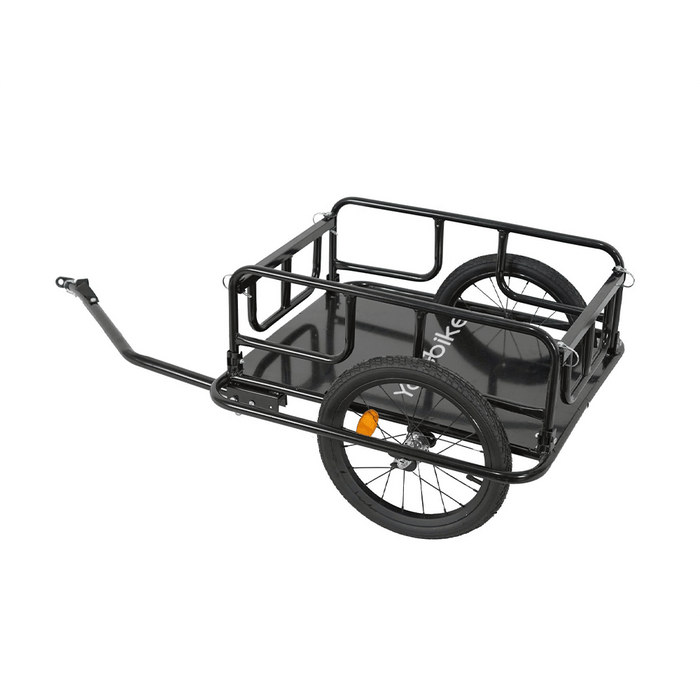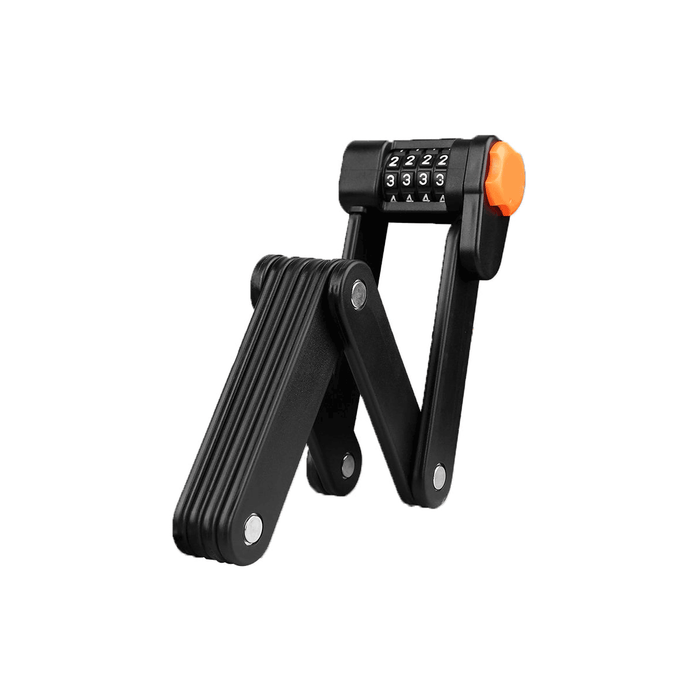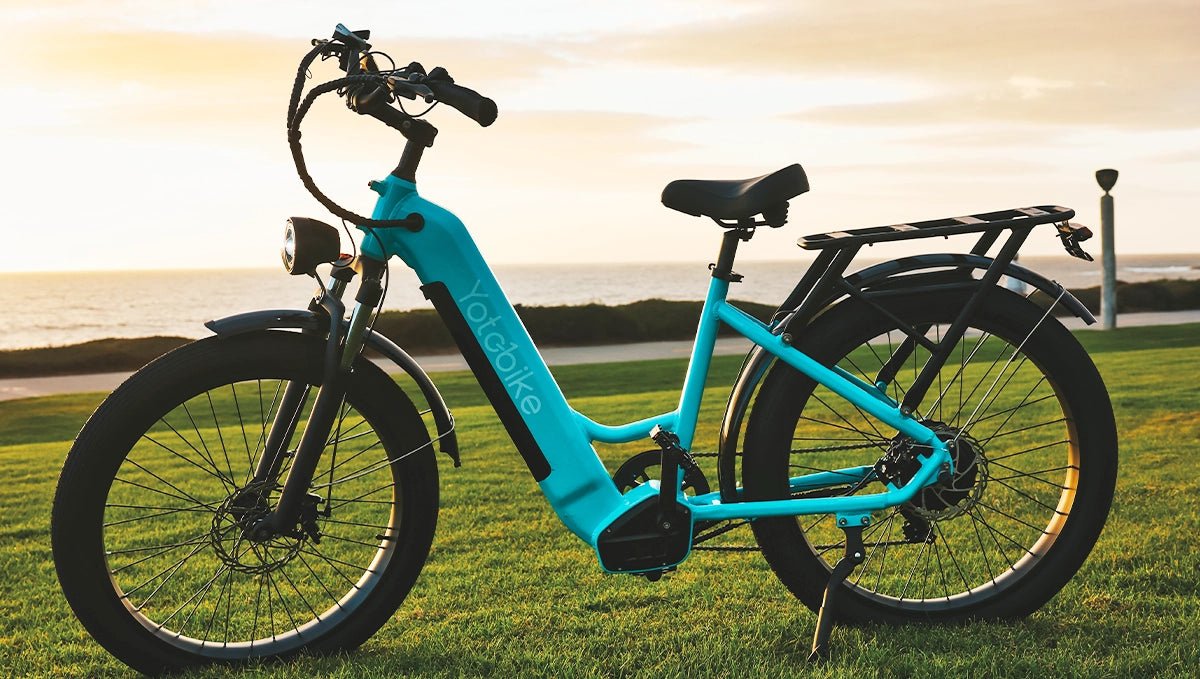
Having trouble with your electric bike’s charging, noticing a drop in range, or dealing with constant fault codes? Even the best batteries can sometimes malfunction or fail to perform as expected. This is where the Battery Management System (BMS) comes into play. Understanding how to reset it can help you restore the optimal performance of your electric bike.
This guide delves into the essentials of the BMS and provides step-by-step instructions on how to reset electric bike battery effectively. We’ll also explain when a reset might be necessary. Join us and master these techniques to get back on the road with confidence!

What Is the BMS on an Electric Bicycle?
The Battery Management System (BMS) is a critical component of an electric bicycle. It’s the intelligent circuitry that ensures your e-bike battery operates safely and efficiently. Here’s what the BMS does:
- Monitoring Battery Health:The BMS constantly monitors individual cell voltages, temperatures, and overall state of charge. This helps prevent issues like overcharging or deep discharging, both of which can severely damage the battery cells.
- Balancing Cell Voltage:Electric bike batteries consist of numerous cells connected in series. Over time, these cells can become imbalanced, leading to uneven charging and reduced battery capacity. The BMS balances the cell voltages to maximize performance and extend the battery’s life.
- Protection Against Electrical Faults:The BMS acts as a safeguard, protecting the battery by shutting it down once it detects overcurrent, overheating, short circuits, and other electrical faults that could cause permanent damage or pose safety hazards.
- Estimation and Diagnostics:The BMS unit in an advanced electric bike can estimate the remaining battery capacity to relay an accurate battery status to the e-bike’s display. It also stores data for diagnostic and performance analysis purposes, allowing riders and technicians to troubleshoot issues effectively.

Why Can BMS Be Used to Reset the Battery?
Firstly, the BMS is intricately connected to all the operational aspects of the battery. It continuously monitors each cell’s state and the overall battery health. When it resets, it recalibrates these measurements based on the current state of the battery, clearing any anomalies or errors that have been logged. This process can resolve minor glitches and mismatches in the data that may be causing performance issues.
Additionally, the reset process allows the BMS to re-evaluate and rebalance the charge across the battery cells. Over time, cells in a battery pack can develop uneven charge levels, a condition known as cell imbalance. This imbalance can lead to underutilization of the battery’s capacity and, consequently, diminished performance. By resetting, the BMS can redistribute the charge evenly across all cells, ensuring each one works optimally and contributes to a stronger, more reliable battery performance.
Thus, using the BMS to reset the battery addresses both electronic and physical aspects of the battery’s operation, enhancing the longevity and efficacy of your electric bike’s power source.
How to Make Sure My Ebike Battery Has BMS?
Now that you understand the crucial role BMS plays in resetting e-bike battery, you might be wondering “Does my e-bike battery have a BMS?” Well, most modern electric bikes include a BMS as a standard feature for the ebike battery, but if you’re uncertain, the most reliable way to check is by consulting the user manual. Look for details in the battery or electrical system section.
If the manual doesn’t provide sufficient information, visit the manufacturer’s website and look up your e-bike model’s technical specifications. Some batteries have labels or packaging that list technical details, including the presence of a BMS. Check for phrases like “Battery Management System,” “BMS,” or “Smart Battery.”

How to Reset an Ebike Battery Management System?
Resetting the BMS on your e-bike battery can resolve many common issues like charging problems, reduced range, and error codes. The process is not as complicated as it sounds. Here’s a step-by-step guide on how to reset your electric bike battery management system:
- Turn Off Your Electric Bike:Ensure your e-bike is completely powered off. This step is crucial to prevent accidental electrical surges during the reset process.
- Remove the Battery:If your bike’s battery is detachable, remove it. If your battery is built-in, locate the main connector cable and disconnect it.
- Leave the Battery Disconnected:Allow the battery to remain disconnected for at least 10 to 30 minutes. This waiting period allows the BMS to fully discharge and clear any error codes or issues.
- Access the Battery Management System:Locate the BMS which is usually housed within the battery casing. You might need a screwdriver or other tools to open the battery compartment.
-
Reset the BMS:
- If there is a reset button, press and hold it for the time specified in the bike’s manual—typically a few seconds.
- If there is no reset button, disconnect both the positive and negative terminals of the battery and any other cables connected to it. Carefully short the positive and negative terminals for a few seconds using a conductive wire. Ensure this step is done carefully to avoid damaging the battery.Reconnect all terminals and cables as before.
- Reinstall the Battery:Once the reset is complete, place the battery back into the bike. Make sure it is securely attached and all connections are tight.
- Power On:Turn on your electric bike and check the battery’s functionality. Check for fault codes or error messages to see if the reset resolved the issue.
- Charge the Battery Fully:Connect your e-bike to the charger and let it charge fully. A complete charge helps the BMS recalibrate and balance the battery cells.
- Test Ride:Take your e-bike for a short test ride to confirm that the battery is functioning correctly and that any previous issues have been resolved.
Resetting your e-bike battery’s BMS can significantly improve performance and extend its life. Plus, consider complementing your battery maintenance routine with ebike accessories like spare batteries, chargers, or battery terminal protectors to keep your e-bike in top condition.
When Do I Need to Reset My Ebike Battery BMS?
Knowing when to reset your e-bike battery’s Battery Management System (BMS) can help you maintain optimal performance and longevity. Here are some common scenarios indicating that a reset may be necessary:
-
Charging Issues:
- Slow Charging:If your battery is charging slower than usual or not charging fully.
- Inconsistent Charging:If the charging process starts and stops erratically.
- No Charging:If your charger doesn’t recognize the battery or fails to initiate charging.
- Reduced Range:If your e-bike is not covering the expected distance on a full charge, a BMS reset can help recalibrate the battery cells and restore range.
- Error Codes or Fault Messages:E-bikes with display screens might show error codes or fault messages related to the battery. A BMS reset can clear these codes if they’re due to minor issues.
- Sudden Battery Shutdowns:If your battery frequently shuts down abruptly during rides, despite appearing to have sufficient charge, the BMS might be misreading cell voltages.
- Inconsistent Power Output:If your e-bike exhibits inconsistent power delivery, such as sudden drops or surges in power, a BMS reset may solve the issue.
- Prolonged Storage:After extended periods of non-use, the battery’s BMS might need a reset to recalibrate and ensure all cells are balanced.
Conclusion
A well-functioning Battery Management System is essential for maintaining your e-bike’s battery health and performance. By understanding when and how to reset electric bike battery BMS, you can quickly address common issues like charging problems or battery calibration errors. Remember, regular checks and resets can prevent long-term issues and keep your e-bike ready for countless adventures. Embrace these steps and make the most of your electric biking journey, knowing that you have the knowledge to handle any battery challenges that come your way.
FAQ
How do you reset the BMS on a lithium battery?
To reset the BMS on a lithium battery of an electric bike, first, turn off the bike and remove the battery carefully. Locate the BMS reset button on the battery, which is usually marked and accessible. Press and hold this button for a few seconds until you hear a beep or see a light flash indicating the reset is complete. Reinstall the battery and turn on the bike to check if the issue has been resolved.
If I reset the battery, will I lose any data or settings?
Resetting your e-bike’s battery does not usually erase data or settings such as trip details or customized riding modes. These functionalities are often preserved because they are stored in the bike’s primary system and not within the battery. However, it’s best to check the user manual or consult the manufacturer for specific instructions, as some e-bike models might behave differently.
Will resetting the battery affect my electric bike’s warranty?
Resetting the battery should not affect your electric bike’s warranty as long as it is done according to the manufacturer’s guidelines. Manufacturers typically allow battery resets as a troubleshooting step. Nonetheless, it is prudent to review your warranty terms or contact the manufacturer to confirm that a battery reset will not void your warranty.



























Thankyou for this informative I didn’t feel confident to do it myself , however my bike was already in the bike repair shop because of battery issues that have been on going so I’ve sent this link to the bike mechanic. Hope he reads it and follows your instructions . The thing is I believe bike mechanics are still learning about EBikes themselves .